Table of content
In the bustling rhythm of modern life, managing a well-stocked kitchen, especially with fresh produce, can often feel like a balancing act. Vegetables, being a cornerstone of a healthy diet, are essential for providing essential nutrients and vitamins. However, their perishable nature can pose a challenge, especially for those who prefer to buy in bulk or those with limited time for frequent grocery shopping. Fortunately, there are several effective strategies to prolong the shelf life of vegetables, ensuring they stay fresh, nutritious, and ready to be incorporated into delicious meals. This article delves into comprehensive methods to help you maximize the freshness and longevity of your vegetables.
Understanding the Basics of Vegetable Preservation
Before diving into specific preservation techniques, it’s crucial to understand the fundamental principles behind keeping vegetables fresh. Vegetables are living organisms, even after harvest, and they continue to respire, lose moisture, and undergo biochemical changes. These processes accelerate with time, leading to spoilage. The goal of preservation is to slow down these changes by controlling environmental factors such as temperature, humidity, and exposure to oxygen.
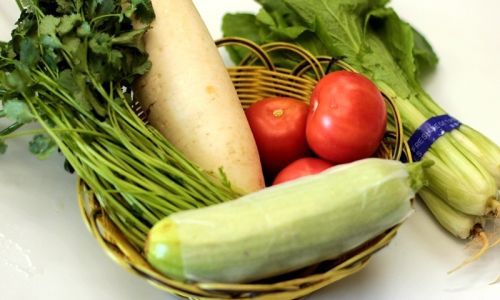
Proper Storage Conditions
-
Temperature Control:
The ideal storage temperature for vegetables varies depending on the type. Generally, most vegetables prefer cooler temperatures, but not all can tolerate the same level of chill. For instance, root vegetables like carrots, potatoes, and onions should be stored in a cool, dark place (around 55°F or 13°C) to prevent sprouting and maintain firmness. Leafy greens, on the other hand, thrive better in high humidity and slightly cooler temperatures (around 32-41°F or 0-5°C), which helps retain their moisture and crispiness. -
Humidity Management:
Maintaining the right humidity is vital to prevent vegetables from drying out or becoming moldy. High humidity is essential for leafy greens and delicate vegetables like broccoli and cauliflower, while lower humidity suits drier vegetables like onions and garlic to prevent mold growth. -
Ventilation:
Proper ventilation helps control moisture levels and reduces the risk of mold and rot. This is particularly important for vegetables stored in crates or baskets, where air circulation can prevent stagnation and excessive moisture accumulation.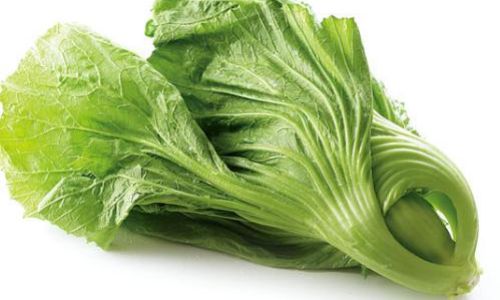
Specific Preservation Techniques
Freezing
Freezing is a highly effective method for preserving vegetables for extended periods. Blanching, a process of briefly boiling vegetables before freezing, helps inactivate enzymes that cause spoilage and retains color and texture. Once blanched and cooled, vegetables can be placed in airtight containers or freezer bags, removing as much air as possible to prevent freezer burn. Vegetables suitable for freezing include peas, corn, green beans, and berries.
Canning
While less common for vegetables compared to fruits, canning can be an excellent preservation method, especially for acidic vegetables like tomatoes and pickles. The process involves heating vegetables in jars with a acidic solution (like vinegar or lemon juice) to a high temperature, creating an environment hostile to bacteria and enzymes. Proper sealing and storage in a cool, dark place can keep canned vegetables for up to a year or more.
Drying
Dehydrating vegetables removes moisture, creating an environment where bacteria and fungi cannot thrive. This method is ideal for vegetables with high fiber content and low water content, such as mushrooms, bell peppers, and zucchini. Dried vegetables can be stored in airtight containers in a cool, dark place for several months to a year.
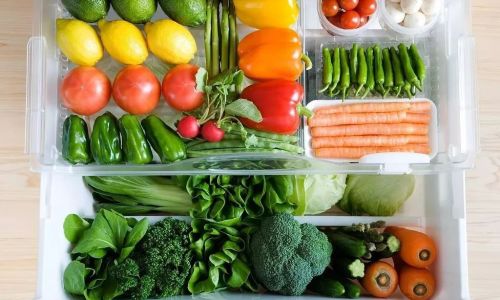
Fermentation
Fermentation is a natural preservation process that uses beneficial bacteria to convert sugars in vegetables into lactic acid, preserving them while enhancing flavor and nutritional profile. Popular fermented vegetables include sauerkraut, kimchi, and pickles. Proper fermentation requires the right balance of salt, temperature, and time to ensure safe and delicious results.
Practical Tips for Everyday Use
- Washing Before Storage: Always wash vegetables thoroughly before storing, but avoid washing leafy greens until you’re ready to use them, as excess moisture can promote spoilage.
- Avoid Mixing Types: Store different types of vegetables separately to prevent cross-contamination and the spread of ethylene gas, which can accelerate ripening and spoilage in some vegetables.
- Inspect Regularly: Check your stored vegetables regularly, removing any that show signs of spoilage promptly to prevent it from spreading to others.
- Use First-In, First-Out Principle: Label storage containers with dates or use a rotation system to ensure older vegetables are used first.
Conclusion
Prolonging the shelf life of vegetables is not just about extending their usability but also about maximizing the nutritional value and flavor. By understanding the specific needs of different vegetables and employing a combination of storage techniques, from simple temperature and humidity control to more advanced methods like freezing and fermentation, you can ensure a steady supply of fresh, nutritious produce throughout the year. Remember, the key to successful preservation lies in consistency, attention to detail, and a willingness to experiment with what works best for your lifestyle and kitchen setup. With these strategies in place, you’ll be well-equipped to enjoy the benefits of fresh vegetables, anytime, anywhere.
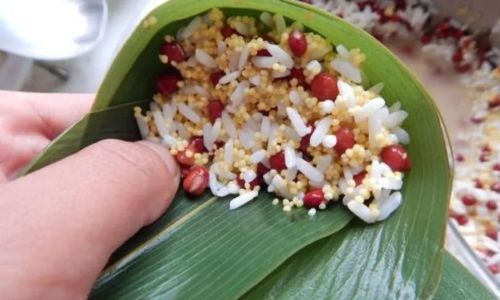
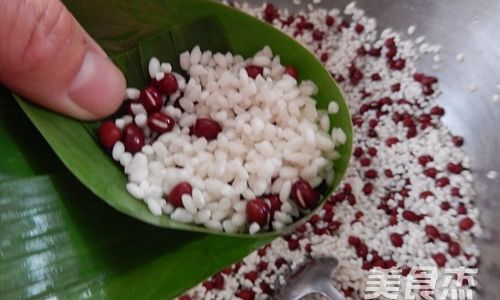

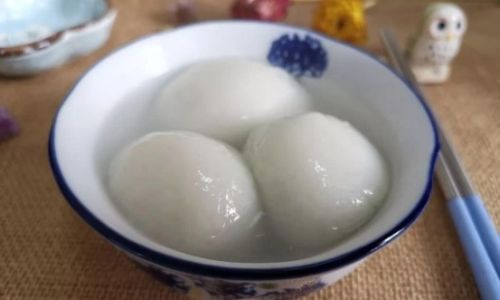
0 comments